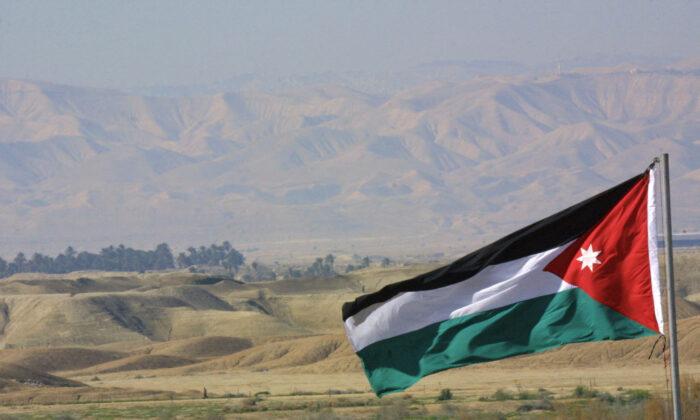A 36-hour unilateral ceasefire, announced a day earlier by Russian President Vladimir Putin, went into effect at noon (Moscow time) on Jan. 6 along the 680-mile frontline between Russian and Ukrainian forces.
“At noon today, the ceasefire regime came into force on the entire contact line,” Russian state media reported at midday on Jan. 6. “It will continue until the end of Jan. 7.”
The unilateral ceasefire is meant to coincide with Christmas, which many Orthodox Christians celebrate on Jan. 7.
On the morning of Jan. 6, Ukrainian officials reported that the city of Kramatorsk, located in the eastern Donetsk region, had come under Russian artillery fire.

According to the city’s Kyiv-appointed mayor, the strikes damaged several buildings but did not result in any casualties.
But as of the time of writing—roughly seven hours after the ceasefire went into effect—no further Russian strikes had been reported by Ukrainian authorities.
Ukrainian forces, by contrast, continued to strike Russian positions in several areas along the frontline, according to claims by Russian sources.
Russia’s TASS news agency reported that the city of Donetsk, the capital of the Donetsk region, had been struck—precisely at noon—by a fierce Ukrainian artillery barrage.
In its daily briefing for Jan. 6, the Russian Defense Ministry claimed that Ukrainian forces had, despite the ceasefire, “continued artillery shelling of populated areas and Russian positions.”
The ministry cited alleged Ukrainian mortar or artillery strikes in the Donetsk, Luhansk, and Zaporizhzhia regions.
Notably, the ministry added that Ukrainian units that had conducted the strikes were “suppressed” by return fire from Russian forces.
The Epoch Times was unable to verify the ministry’s assertions.
On Jan. 5, Denis Pushilin, a pro-Russia leader in Donetsk, warned that Russian forces would respond in kind if fired upon during the ceasefire.
Speaking on social media, Pushilin said the ceasefire only applied to “initiating fire or advancing on our part.”
“It does not mean we won’t respond to the adversary’s provocations,” he added.
Kyiv, Allies Reject Truce as Ploy
Putin announced the unilateral ceasefire on the evening of Jan. 5 in a move that surprised many observers.The initiative was reportedly based on a request by Patriarch Kirill, the head of the Russian Orthodox Church and an ideological ally of Putin.
“As many Orthodox Christians reside in the area of hostilities, we call on the Ukrainian side to declare a ceasefire to allow them to attend church services on Christmas Eve and Christmas Day,” read a Jan. 5 statement released by the Kremlin.
In both Russia and Ukraine, most of the population adheres to the Orthodox Christian faith, which broke from Rome in the 11th century.
However, the Kremlin’s announcement of a unilateral Christmas ceasefire was greeted with scorn by Ukrainian leaders in Kyiv.
In his nightly video address on Jan. 5, Ukrainian President Volodymyr Zelenskyy accused Moscow of “using Christmas as a cover … to stop the advances of our boys in Donbas and bring equipment, ammunition, and mobilized troops closer to our positions.”
The Russian-speaking Donbas region, which includes the provinces of Donetsk and Luhansk, remains the scene of fierce ground fighting between Russian and Ukrainian forces.
Washington, meanwhile, responded to the ceasefire announcement with similar skepticism.
“We have little faith in the intentions behind this announcement,” U.S. State Department spokesman Ned Price said in a Jan. 5 daily briefing.
“Our concern … is that the Russians would seek to use any temporary pause in fighting to rest, to refit, to regroup, and ultimately to reattack,” he added.
When asked whether Washington had advised Ukrainian forces to continue fighting despite the unilateral ceasefire, Price said: “These are decisions that Ukraine will have to make.”
Last February, Russian forces invaded Ukraine with the stated aim of protecting pro-Russian separatists in Donbas from alleged abuses by the Kyiv government.
Kyiv and its Western allies, for their part, view Russia’s invasion of Ukraine as “unprovoked aggression” against a sovereign nation.
Last September, Moscow formally incorporated four regions of Ukraine into the Russian Federation after holding controversial referendums.
Kyiv, which has received billions of dollars in financial assistance from its allies—and vast amounts of arms and equipment—has repeatedly vowed to recover all four regions by force of arms.





